What is the most popular type of hair extension?
It’s challenging to pinpoint a single “most popular” type of hair extension, as trends can vary depending on factors like personal preference, hair type, and fashion influences.
Hair extensions can be a versatile and popular accessory for people looking to change their hairstyle,
add volume, or experiment with different looks.
Curiosity and the desire for change drive black women to explore the world of hair extensions technique.
However, it’s essential to note that not all hair extensions are suitable for everyone.
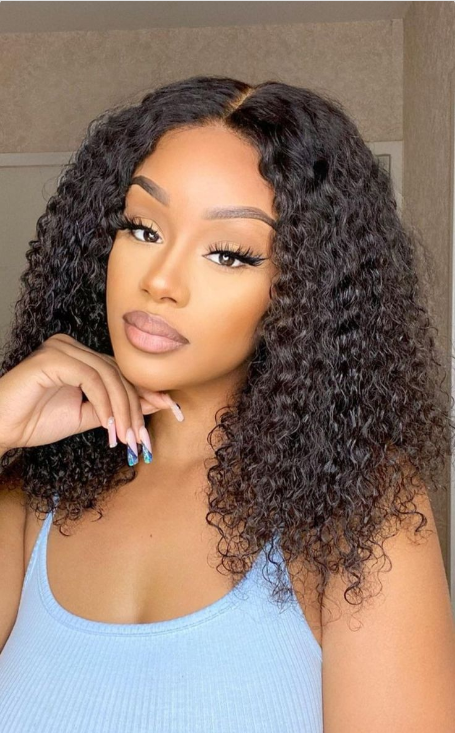
Pros and cons of sew in weave
Sew ins may not be suitable for everyone. individuals with brittle or damaged hair should exercise caution when considering this hair extension method.
By evaluating the advantages and drawbacks, I aim to provide a comprehensive review for anyone considering a similar hair transformation.
The Pros of Sew Ins
One of the most notable benefits of sew ins is their versatility.
Unlike wigs, sew ins are securely attached to the natural hair, allowing for greater freedom of movement and styling, without the fear of the hairpiece shifting or falling out.
In terms of appearance, sew ins offer a more natural look than wigs.
When done correctly, the extensions seamlessly blend with the natural hair, creating a cohesive and authentic hairstyle.
Durability is another advantage of sew ins.
With proper care and maintenance, sew ins can last for several weeks, making them a cost-effective option for those seeking a longer-lasting hair transformation.
Comes with a sew in, as it requires less daily upkeep compared to styling wigs.
The Cons of Sew Ins
Despite its numerous benefits, sew ins also come with a few drawbacks.
A potential downside for individuals with sensitive scalps or hair prone to breakage.
The sewing process, although skillfully executed by a professional stylist, can sometimes cause tension or discomfort on the scalp, which may not be suitable for everyone.
Another challenge with sew ins is the limited access to the scalp for cleansing and moisturizing.
Proper maintenance becomes crucial to ensure the longevity and health of both the natural and extension hair. This includes using gentle cleansers and moisturizers, as well as carefully detangling the hair to prevent any potential damage.
Compared to wigs, sew ins require a more involved installation process.
Scheduling frequent appointments and investing time for the initial sewing and subsequent maintenance appointments can be inconvenient for those with busy lifestyles. Additionally, the cost of sew ins, which includes the hair extensions and professional installation, may be higher compared to purchasing wigs.
In conclusion, sew ins offer a range of advantages, such as versatility, a natural appearance, and durability. However, individuals should consider potential drawbacks, such as scalp sensitivity, limited access for maintenance, and the involved installation process.
Which is better a sew in or quick weave?
When it comes to hairstyling, there are many options to choose from. Quick weaves and sew-ins are two popular choices that can help you achieve the desired look. In this comprehensive guide, we will take a closer look at these two techniques, comparing their lifespan, application process, and aesthetics.
Before we delve into the details, let’s understand the basic difference between quick weaves and sew-ins. A quick weave involves bonding hair extensions to protective cap using glue, while a sew-in involves sewing the hair extensions onto braided natural hair using a needle and thread. Both methods require braiding the hair, but the braids for a quick weave are usually larger and less time-consuming compared to the braids needed for a sew-in.
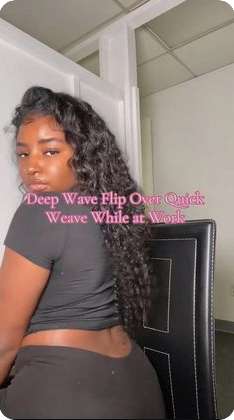
Now let’s take a closer look at the comparisons between quick weaves and sew-ins in terms of their lifespan, application process, and aesthetics. Understanding these differences will help you decide which method is most suitable for your hairstyling needs.
Lifespan
A sew-in typically lasts for about 6-8 weeks, while a quick weave can last for 4-5 weeks with proper care. It is important to note that wearing a sew-in for more than 3 months is not recommended to maintain the health of your natural hair. Quick weaves can be enhanced with lace closures, which allows for shorter durations of the style.
Application
Quick weaves are known for their convenience and speed. They are relatively quick and easy to install, making them a popular choice for those looking for a temporary hairstyle. On the other hand, sew-ins require more time and effort during the installation process. The braiding and sewing technique is precise and meticulous, ensuring a secure and long-lasting result.
Aesthetics
When it comes to aesthetics, both quick weaves and sew-ins can provide a natural-looking hairstyle. However, quick weaves often lay flatter on the scalp, giving a more seamless appearance. This is particularly beneficial for individuals with soft and slippery hair, as the quick weave style helps to keep the extensions in place.
Are sew ins supposed to hurt?
By properly preparing your natural hair and utilizing the right technique, you can achieve a comfortable and secure sew-in without the need to compromise your comfort or endure unnecessary pain.
The key to avoiding pain during the braiding process is to have a skilled and experienced hairstylist. They will know how to properly section, part, and braid your natural hair to minimize tension and discomfort. It is also vital that the braids are not too tight, as this can cause unnecessary pain and potential damage to your natural hair.
Perfecting the Sew-In Braid Technique
To achieve a flawless sew-in, proper preparation of the natural hair is essential. Here are some steps to perfect the sew-in braid technique:
Wash and condition: Start by washing and conditioning your natural hair to ensure it is clean and well-moisturized. This will help to prevent dryness and breakage during the styling process.
Detangle: Use a wide-tooth comb or your fingers to gently detangle your hair, removing any knots or tangles.
Section and part: Divide your hair into sections according to the desired style. Part the hair in neat and precise lines to create the foundation for the sew-in.
Braid technique: Choose a braiding technique that works best for your hair type and desired outcome. Popular options include cornrows, box braids, or individual braids. Remember to keep the braids firm yet comfortable to avoid unnecessary tension.
Secure the ends: To ensure that the ends of the braids do not unravel, use small rubber bands or hair elastics to secure them.
It is worth noting that minimal leave-out can be done for a more protective style. This means that only a small section of your natural hair is left out to blend with the hair extensions. This technique helps to protect the natural hair from excessive styling, heat, and manipulation.
What is the best hair for a sew in?
When it comes to sew-ins, the most commonly used type of hair is human hair extensions. Human hair offers a natural look and feel that blends seamlessly with your natural hair. It can be treated, styled, and colored just like your own hair.
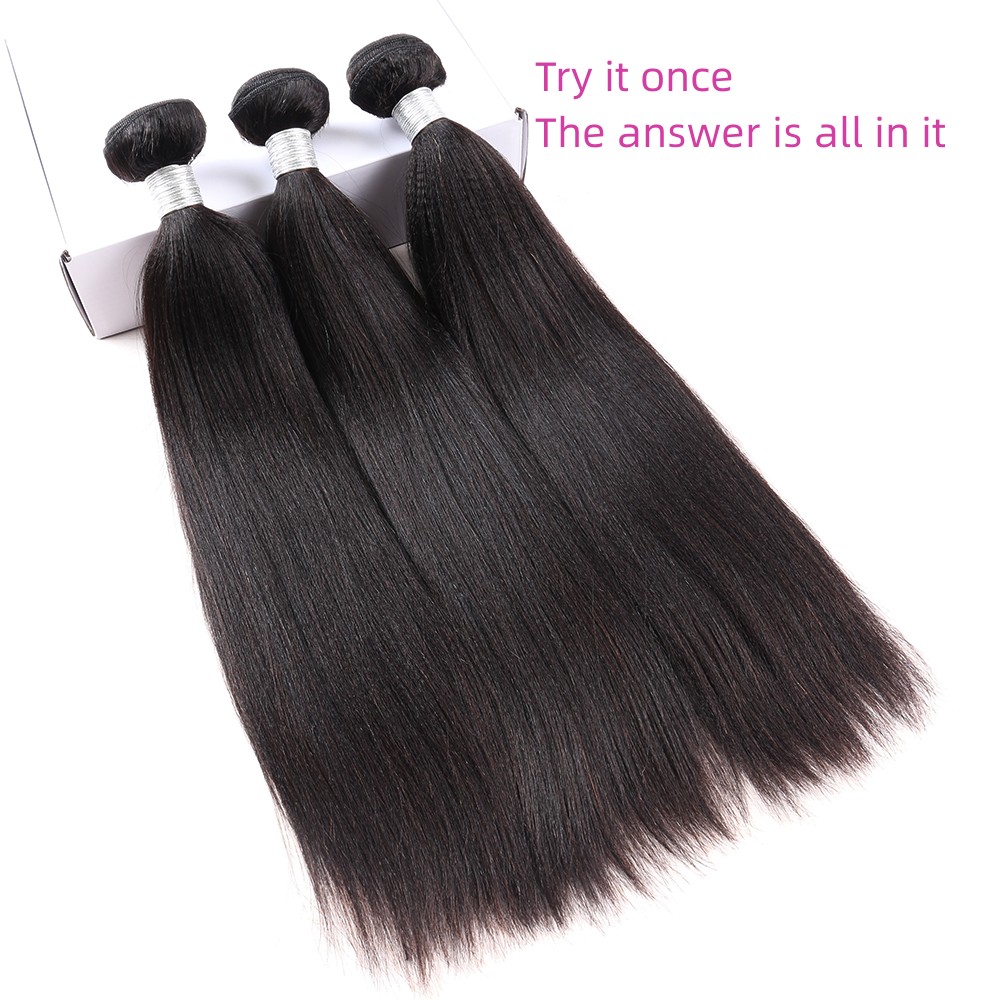
It’s important to ensure that the hair extensions you choose for sew-ins are of good quality. Investing in high-quality hair will not only enhance the overall look and longevity of your sew-in but also provide a more comfortable and natural-feeling experience.
Pros and cons clip in hair extensions
When it comes to temporary hair transformations, clip-in extensions have become a go-to choice for many individuals. With their ease of installation and convenience, clip-in extensions offer a versatile solution to achieve desired hair length and volume.
Benefits of clip in hair extensions
One of the primary advantages of clip-in extensions is the seamless installation process. Unlike sewn-in extensions, clip-ins can be effortlessly attached and removed without the need for professional assistance.You can instantly enjoy the luscious locks you desire. This easy installation makes clip-in extensions a popular choice for individuals who value convenience and prefer to switch up their hairstyles frequently.
Another notable benefit of clip-in extensions is the flexibility they offer in terms of scalp access. Unlike sewn-in extensions, which can make scratching the scalp challenging, clip-ins can be easily removed whenever necessary, providing instant relief.This feature is particularly advantageous for individuals who experience scalp discomfort or itchiness, as it allows them to address the issue directly without compromising their hairstyle.
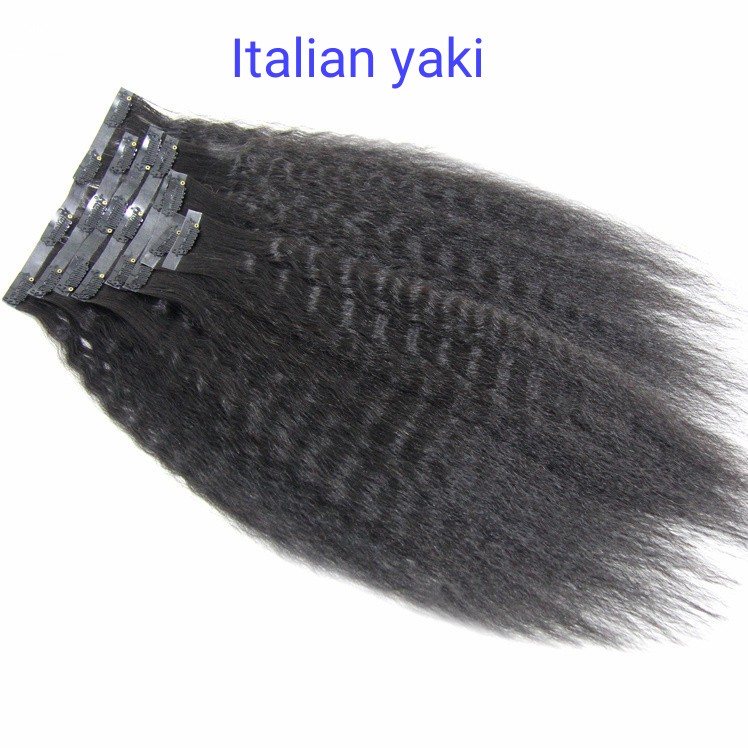
Cons of clip in hair extensions
Since they need to be attached and detached daily, it can be time-consuming, especially if you are new to using clip-ins.
Additionally, due to the nature of clip-in extensions, they may not blend as seamlessly with your natural hair as sewn-in extensions do. Achieving a natural-looking result may require some styling techniques and practice.
Furthermore, curling clip-in extensions can be a bit more challenging compared to sewn-in extensions. The clips may hinder the curling process and prevent the extensions from blending seamlessly with your natural hair’s texture.
However, with some practice and the right curling tools, you can still achieve the desired curly or wavy look with clip-in extensions.
Furthermore, innovative hair extension techniques such as tape-in extensions is becoming increasingly popular.
Pros and cons of tape ins
It is important to understand that this hair extension method may not be suitable for everyone.
The pros of Tape Ins
Reusable: Tape-in extensions can be reused, making them a cost-effective option over time. The tapes can be replaced, and the hair can be reapplied, extending the life of the extensions.
Lightweight: Tape-in extensions are generally lightweight, which can make them more comfortable to wear compared to some other types of extensions.
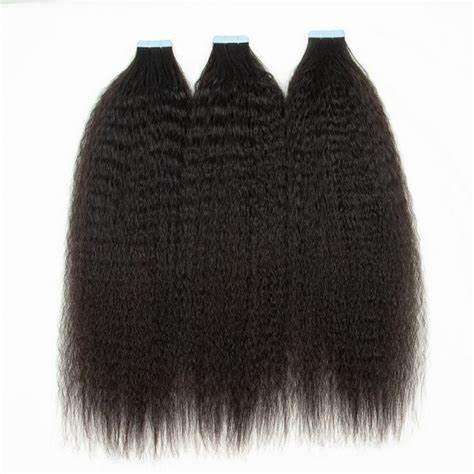
The Cons of Tape Ins
We express concerns about the potential damage that tape-ins can cause, particularly to already unhealthy hair. It is essential to note that if your hair is already brittle, damaged, or thinning, tape-in extensions may further exacerbate these issues.
While tape-ins can provide a glamorous look, they require regular maintenance and can be time-consuming and expensive to maintain.
One hidden cost of tape-in extensions is the need for frequent maintenance and replacement. The adhesive used to attach the extensions loses its effectiveness over time, requiring reapplication. This maintenance process can be not only time-consuming but also costly, as it involves purchasing new extensions and adhesive regularly.
Furthermore, the removal process of tape-in extensions can be a delicate and intricate task. It requires a careful approach to avoid damaging the natural hair during the process. If not done correctly, the removal process can result in hair breakage or pulling, causing further damage and hindering hair growth.
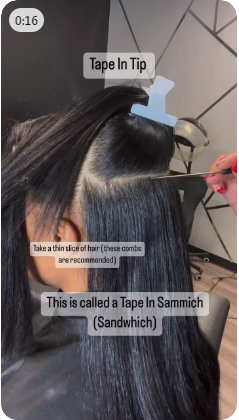
Care tips for tape in hair extensions
1. Don’t use conditioner before putting on the tape! The conditioner will make your hair too smooth, which reduces the tape’s stickiness and causes it to fall off easily.
2. Use the sandwich method. I found this method to be very effective: tape-real hair-tape. It provides extra stability and keeps the extensions securely in place.
3. Remember that the tape is hot melt, so you need to use a heating plate to make it more sticky when wearing it. However, be careful not to use too much heat, please control the temperature within 350 degrees Fahrenheit, or the glue will stick to your natural hair and be difficult to clean up.
4. Once you’ve put on the tape, don’t touch water for 48 hours. During this time, the glue is working hard to attach the extensions securely. Touching the water too soon can make the tape come off.
5. Always make sure they are 100% dry and they are in braids to avoid breakage, tangles, and matting in the night.
6. You can replace the tape with a new piece after about 2-3 weeks.
Returning to Wigs? An Insight into Future Hair Choices
Are wigs better than hair extensions?
Hair Protection and Versatility
Wigs provide a protective barrier for the natural hair, shielding it from heat damage and environmental factors. Furthermore, the versatility of wigs allows for easy transition between different hairstyles, offering endless possibilities for creativity and self-expression.
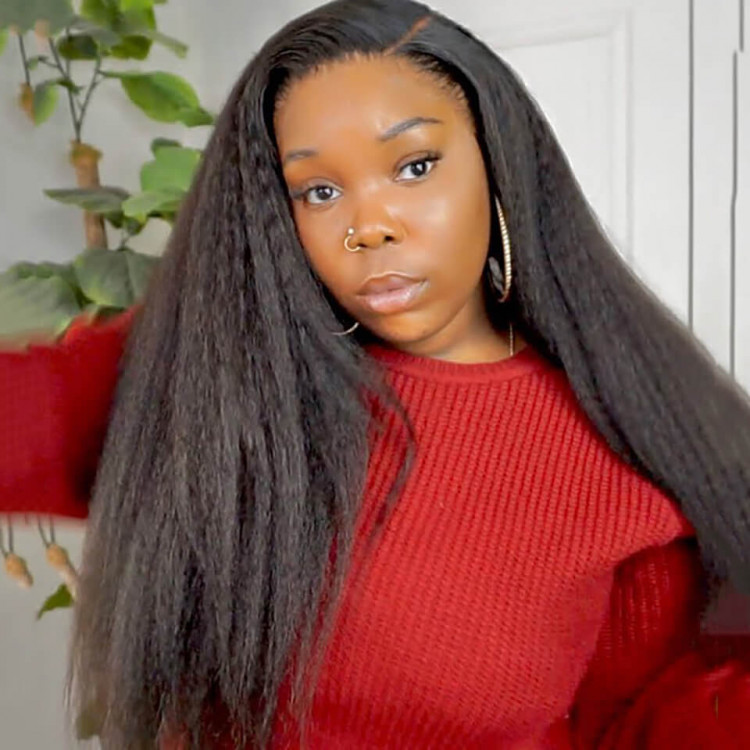
Budget and Affordability
While sew ins can be cost-effective in the long run, they require an upfront investment for the hair extensions and professional installation. We recognizes that not everyone may have the financial means to sustain regular sew in appointments. In contrast, wigs provide a more affordable option, with a range of prices to suit different budgets. This accessibility may make wigs a more viable choice for individuals looking to experiment with different looks without breaking the bank.
Flexibility and Ease
Wigs offer a level of convenience and flexibility that cannot be denied. This allows for quick and effortless styling changes, making it ideal for hectic mornings or last-minute occasions. Additionally, wigs provide the opportunity to experiment with various colors, lengths, and textures without permanently altering the natural hair.
Fashion and Trends
Wigs offer the flexibility to embrace current styles and trends quickly, allowing you to adapt your hair to match her evolving fashion choices. From sleek bobs to vibrant colored wigs, you can effortlessly keep up with the ever-changing world of fashion and beauty.
The convenience, hair protection, affordability, and fashion-forward options offered by wigs make them a compelling choice for future hair transformations.
Related post : U part wig vs sew in